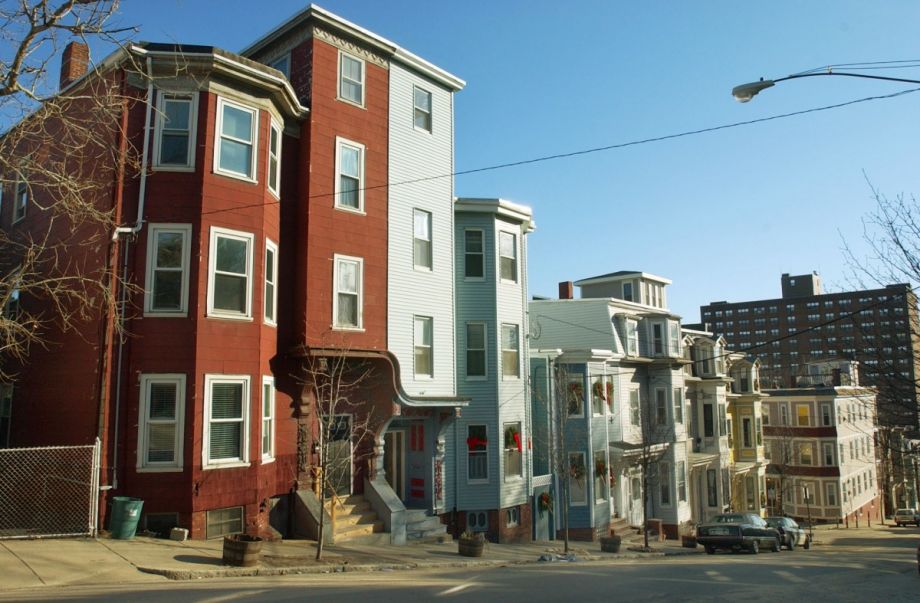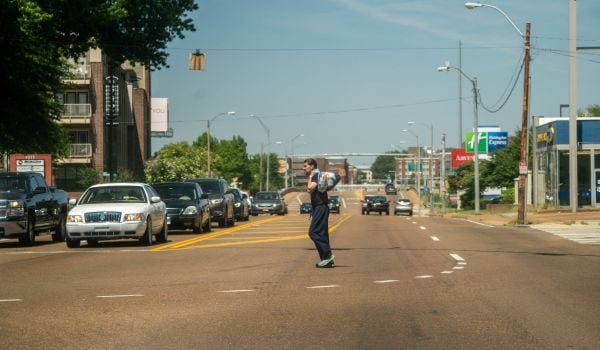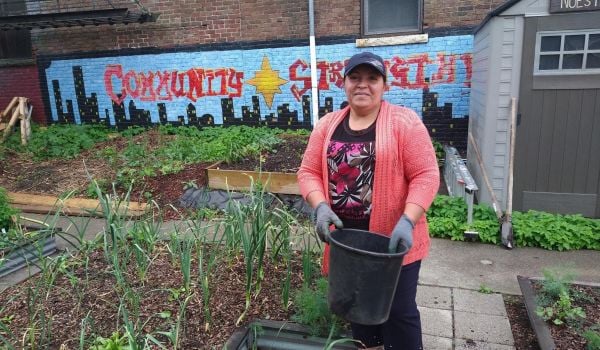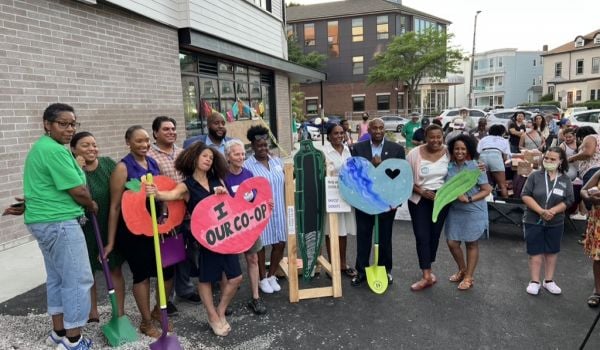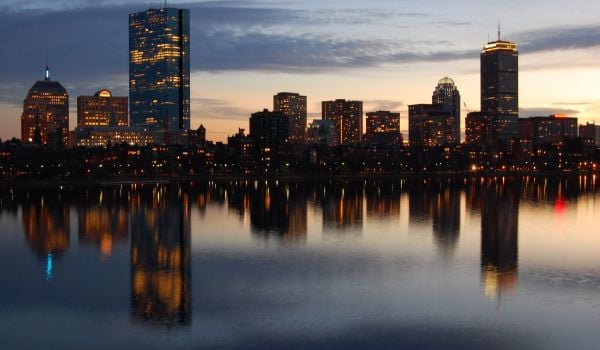In March, the city of Boston announced that after making data-driven improvements to arterials, the city’s new Slow Streets program would ask residential neighborhoods to nominate themselves for traffic-calming features. The approach — part of the city’s overall Vision Zero effort — differs from other cities, which tend to prioritize residential streets based on crash rates.
Five neighborhoods have now been selected, Metro reports, including Chinatown, Grove Hall/Quincy Corridor, Highland Park, Mount Hope/Canterbury and West of Washington Coalition. Nearly 50 communities across 16 neighborhoods applied.
“The Neighborhood Slow Streets program brings us closer to achieving Vision Zero by proactively lowering speeds on streets where Bostonians live, play and travel,” Boston Mayor Marty Walsh said in a statement, according to Metro. “This initiative is a great collaboration between city agencies and communities that delivers traffic calming results that will make our neighborhoods safer.”
In March, Stefanie Seskin of the Boston Transportation Department told Next City’s Jen Kinney that the goal of having communities nominate themselves was not to create a process in which the squeakiest wheel gets the grease, but to speed up timelines and, in the process, improve neighborhood engagement.
“We’re looking to residents of the city to come together and tell us they’re ready for traffic calming, and have figured out what their concerns are, and want to partner with us to make some real changes to streets,” she said. “It cuts out some of the need for us to do a lot of education and outreach about what traffic calming is because they’ve done it themselves.”
One potential upside would then be timeline. Seskin told Kinney that she expected the improvements to take place in one to two years, rather than five to seven. She acknowledged, however, that vocal and well-organized neighborhoods could end up having an advantage in the process — a fact that could work against the city’s stated equity goals. But the city also planned to weigh criteria like concentration of community institutions and seniors in its consideration.

Rachel Dovey is an award-winning freelance writer and former USC Annenberg fellow living at the northern tip of California’s Bay Area. She writes about infrastructure, water and climate change and has been published by Bust, Wired, Paste, SF Weekly, the East Bay Express and the North Bay Bohemian
Follow Rachel .(JavaScript must be enabled to view this email address)

